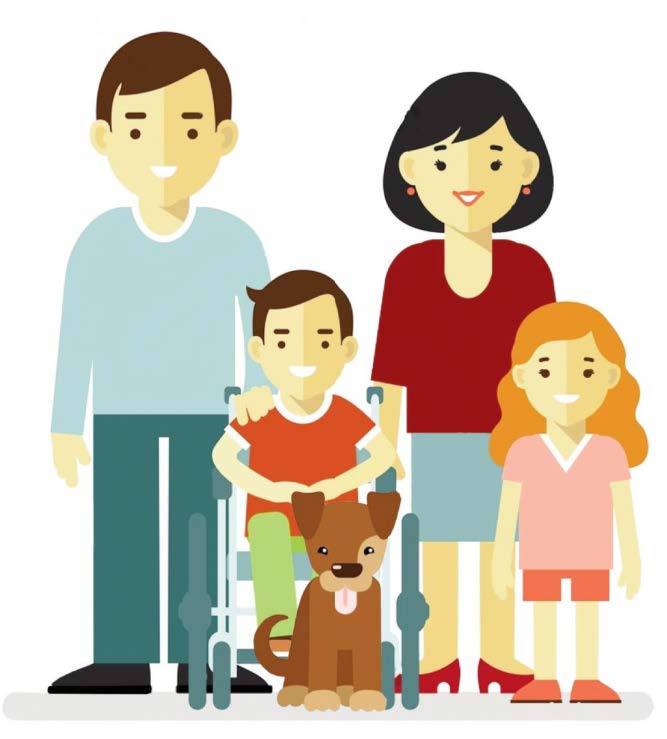
Researchers designedan adapted physical activity, animal-assisted intervention where thefamily dog would serve as a partner with the child in physical activitiesdesigned to help improve overall physical activity, motor skills and quality oflife.
COULD HELP BOOST PHYSICAL ACTIVITY FOR KIDS WITH DISABILITIES
BY MICHELLE KLAMPE
The family dog could serve as a partner and ally in efforts to help children with disabilities incorporate more physical activity into their daily lives, a new study from Oregon State University indicates.
I n a case study of one 10-year-old boy with cerebral palsy and his family’s dog, researchers found the intervention program led to a wide range of improvements for the child, including physical activity as well as motor skills, quality of life and human-animal interactions.“These initial findings indicate that we can improve the quality of life for children with disabilities, and we can get them to be more active,” said Megan MacDonald, an assistant professor in OSU’s (Oregon State University) College of Public Health and Human Sciences and corresponding author on the study. “And in this case, both are happening simultaneously, which is fantastic.”